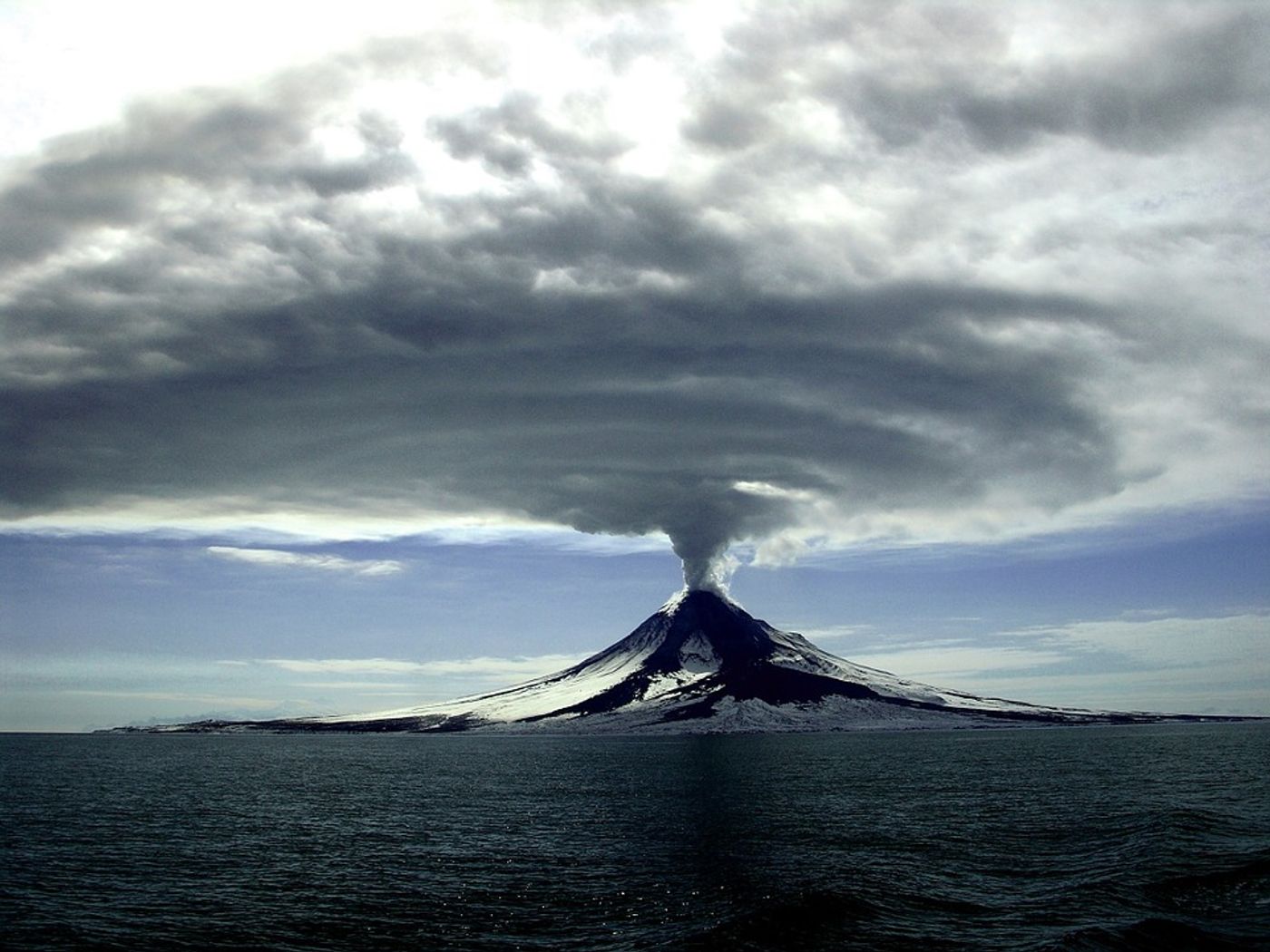Should we geo-engineer a super volcano to slow climate change?
New research published in Geophysical Research Letters takes a deeper look on the potentials that solar geoengineering methods might hold for our future. The research comes from the Carnegie Institute for Science and was led by Ken Caldeira and Lei Duan from Carnegie, along with Long Cao of Zhejiang University and Govindasamy Bala of the Indian Institute of Science.
We have learned from past volcanic eruptions that the spewing of ash that is released into the atmosphere during an eruption has the capacity to greatly cool the planet. This is because ash and the other erupted particles reflect the Sun’s radiation, keeping sunlight from entering the atmosphere. During past eruptions of supervolcanoes, the aftermath of ash has even sent Earth into extended winter periods.
For some time now researchers have been contemplating several different methods of solar geoengineering as a means of reducing the effecting of climate change. These strategies involve intentionally emitting aerosol particles into the atmosphere to lower surface temperatures, essentially mimicking the after-effects of a volcanic eruption. Of course, these methods are strictly theoretical as of now, and scientists are cautious to even contemplate the unanticipated outcomes that such methods could cause. Yet, say the researchers behind the new study, understanding all of the consequences behind such an endeavor is crucial.
"Nobody likes the idea of intentionally tinkering with our climate system at global scale," said Caldeira. "Even if we hope these approaches won't ever have to be used, it is really important that we understand them because someday they might be needed to help alleviate suffering."
Caldeira and his colleagues aimed to determine whether it is possible to use naturally-occurring volcanic eruptions as a guide to understanding the potential consequences of solar geoengineering. Using sophisticated models, they compared the impacts of a single volcano event with those of a long-term geoengineering deployment, the difference being the amount of time that particles stay in the atmosphere.
They found that independent of origin, particulate matter decreases surface temperature significantly and that both scenarios cause land to cool faster than the oceans. However, there is a distinction between the scenarios regarding precipitation: precipitation decreases more in the aftereffects of a volcanic eruption than following geoengineering.
"When a volcano goes off, the land cools substantially quicker than the ocean. This disrupts rainfall patterns in ways that you wouldn't expect to happen with a sustained deployment of a geoengineering system," explains lead author Duan.
These conclusions help us see the bigger picture of solar geoengineering and its potential. However, says Caldeira, "While it's important to evaluate geoengineering proposals from an informed position, the best way to reduce climate risk is to reduce emissions.”
Sources: Science Daily, Geophysical Research Letters









